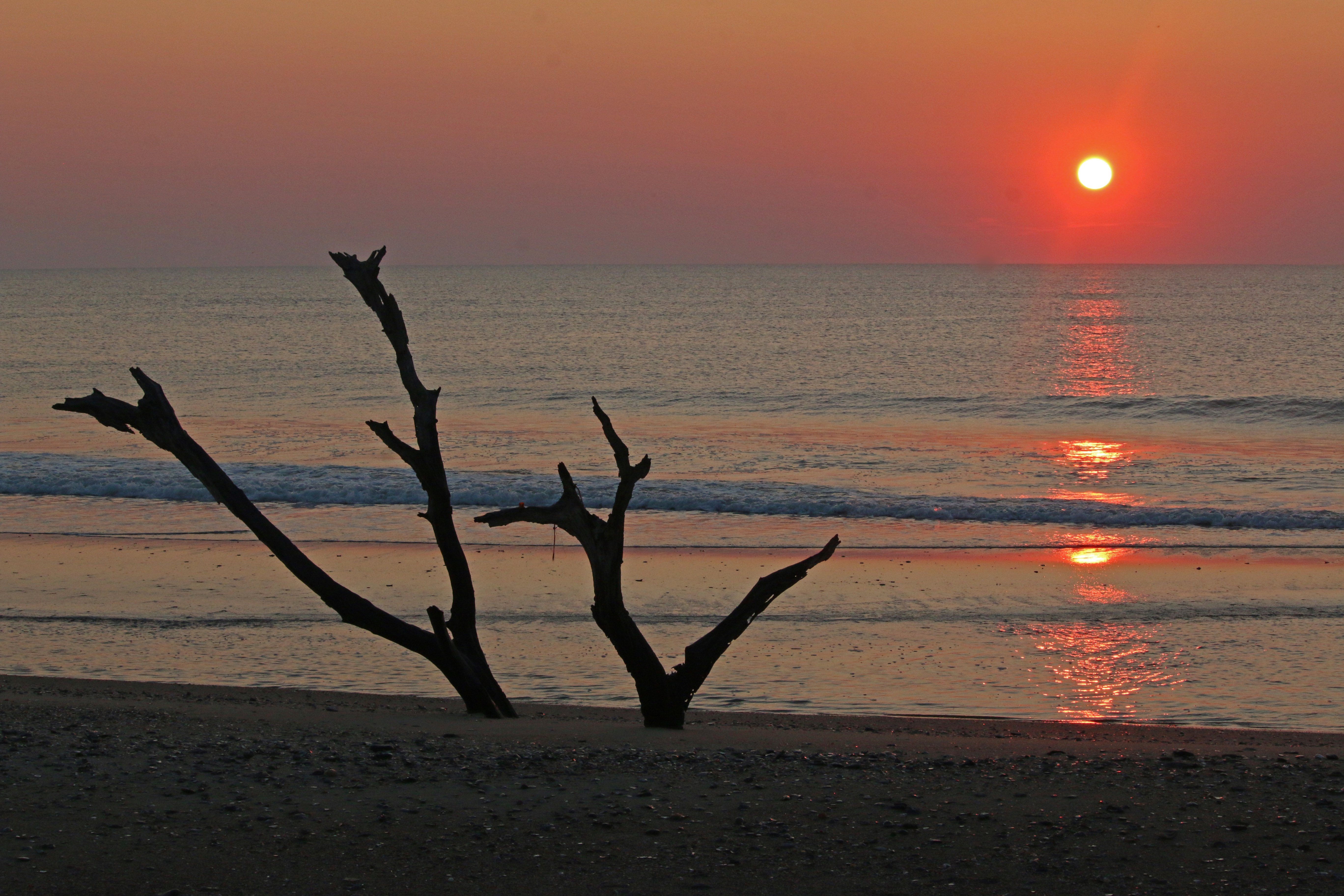
Near the turn of the 20th century, wealthy influencer Bernard Baruch bought coastal property in South Carolina. In just a few years he had consolidated over a dozen plantations, accumulating nearly 16,000 acres of coastal forest, saltmarsh, and beach. His daughter Belle fell in love with the property, known as Hobcaw Barony, eventually making it her permanent home. Today, the vast tract of land is protected, managed for science and conservation.
At dawn, my feet hit one of the protected beaches with Wendy Allen, the manager of the North Inlet-Winyah Bay National Estuarine Research Reserve, one of the science and outreach organizations working within Hobcaw. We were looking for turtle tracks, but my eyes were drawn to the dozens and dozens of birds feeding and resting as the sun brightened the sky.
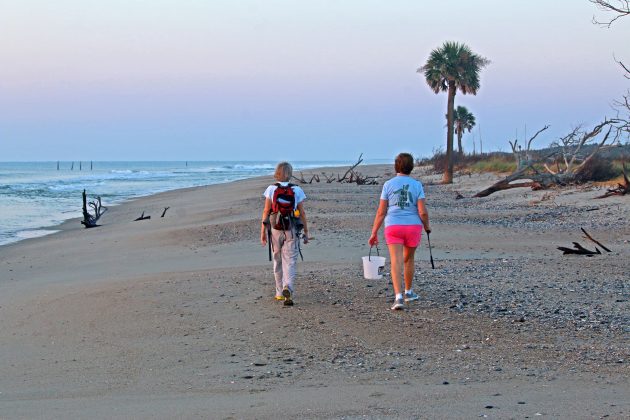
Looking for turtle tracks (but also birds and shells).
Allen’s turtle transect was 2.5 miles down the beach, 2.5 miles back, and it was not yet 7 a.m. as we set off with another volunteer. Brown Pelicans and Laughing Gulls still appeared as silhouettes in the dim light, flying or resting on old wooden pilings out in the waves. As we continued, we passed shorebirds and more shorebirds, and I struggled to keep an accurate count. The Sanderlings and Semipalmated Plovers came in waves, moving in medium-sized flocks along the sand.
Allen is an awesome person to bird with. Originally from New Jersey, she has lived in South Carolina for over a decade, and was a great help identifying the shorebirds we found. She also had amazing stories of birding in Belize and Costa Rica, and we swapped favorite birding tales during the 2.5 hours of walking.
The coastal forest fell away and the beach bordered Spartina alterniflora saltmarsh, glowing an emerald-gold as the sun continued to climb. Great Egrets stalked for prey in the shallows or fluttered over the grasses, seeming to follow the breezes. A lone Whimbrel mixed with Black-bellied Plovers at the edge of the dunes, a pair of Ospreys crossed from the water of the marsh to the Atlantic Ocean in search of breakfast.
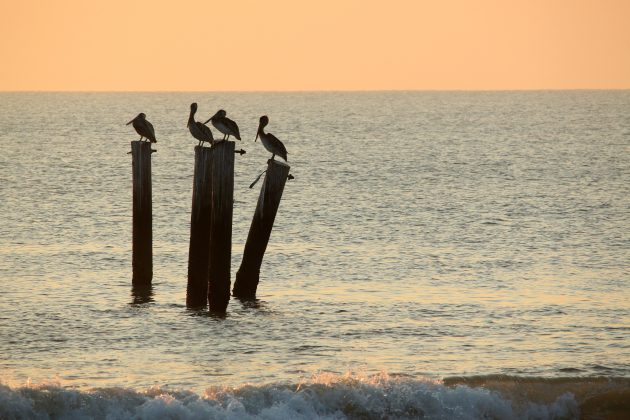
Brown Pelicans perched on wooden pilings.
We walked all the way to the inlet itself, its current rushing out towards the wider ocean. The beach gently curved here, providing the perfect seat for Caspian Terns. Some rested on the sand while others twisted in the wind, diving dramatically for tiny fish or boisterously calling back and forth to each other. No, we didn’t find any new turtle tracks, but we did record 18 bird species.
Without the protection of Belle Baruch and her father, there is no doubt in my mind that the inlet, marsh, and beach would be completely lined with luxury homes, just as the land outside Hobcaw Barony is today. The ecosystem is still affected by human-induced climate change and associated sea level rise and erosion, but remains a haven for a variety of wildlife in addition to birds.
The property is generally closed to the public, but tours are available. If you’re looking to bird here, check out the schedule here!


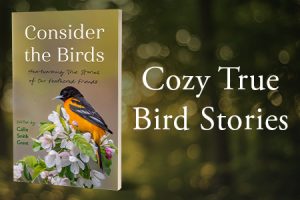

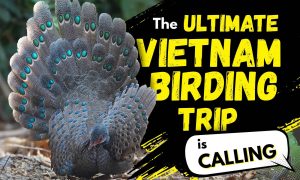
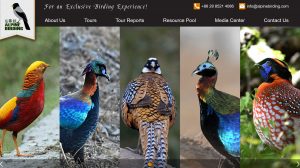
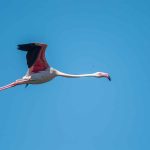
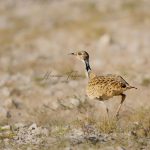
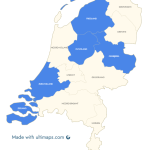
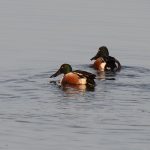
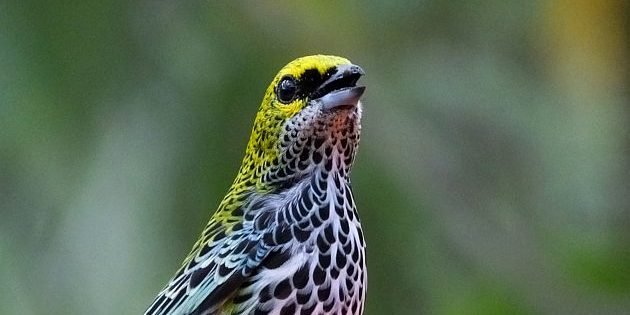
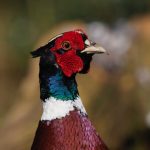
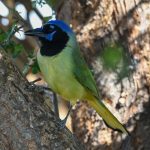
I never heard of Belle Baruch before, and now I’m fascinated by her. “She could outride, outshoot, outhunt, and outsail most of the young men of her elite social circle– abilities that distanced her from other debutantes of her time. She flew her own plane, traveled the world competing in show jumping contests, volunteered as a beach patroller during WWII, and championed progressive causes like women’s rights and pacifism.” http://auntiebellum.org/mag/the-belle-of-hobcaw-barony/
The preserve sounds wonderful too. Going to look into visiting it on one of my drives from New York to Florida!
I know! She had an amazing life.